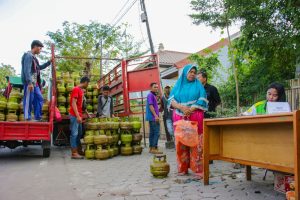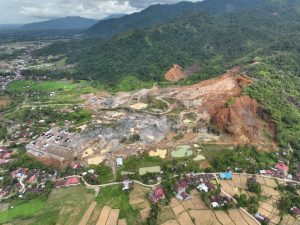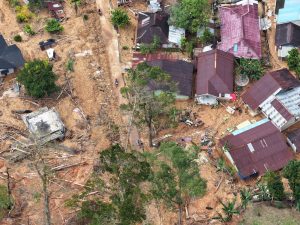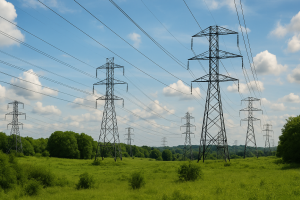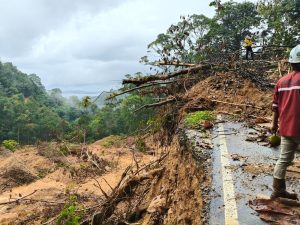Jakarta – PT PLN (Persero) is targeting the construction of two geothermal power plants with a total capacity of 220 megawatts (MW) to be located in Kepahiang, Rejang Lebong, and Lebong Regencies, to be operational in 2028.
PLN Director of Project Management and New Renewable Energy, Suroso Isnandar, in a written statement on Tuesday, September 2, said that this project is part of the 2025–2034 Electricity Supply Business Plan (RUPTL). “The development of the Bengkulu PLTP is a priority to strengthen the renewable energy mix (NRE) while ensuring electricity reliability in Sumatra,” said Suroso.
One of the projects currently being prepared is the 110 MW Kepahiang Geothermal Power Plant. This location covers the districts of Kepahiang and Rejang Lebong. Currently, PLN is finalizing the selection of strategic partners who will work on the project. In the future, the electricity generated will be distributed to the Pekalongan Main Substation in Kepahiang.
In addition, PLN is also building the Hululais Geothermal Power Plant with a capacity of 110 MW in Lebong Regency. This power plant is targeted to be commercially operational (commercial operation date/COD) in 2028. The Hululais Geothermal Power Plant will utilize geothermal energy from the Geothermal Working Area (WKP) owned by PT Pertamina Geothermal Energy (PGE). The electricity produced will also be distributed to the Pekalongan Transmission Grid.
According to Suroso, the entire PLTP development process is carried out based on the principles of transparency, accountability, and fairness of partnership to maintain a healthy investment climate. “We ensure that this geothermal project is carried out with partners who have the competence and vision in line with PLN, which is to provide clean energy at affordable prices for the community,” he said.
In addition to supporting the national energy transition agenda, Suroso emphasized that the geothermal project in Bengkulu will have a direct impact on the local community. “Geothermal power plants not only support energy security, but also open up new job opportunities, involve local businesses, and drive regional economic growth,” he explained.
In the latest RUPTL document, the government targets national PLTP capacity to reach 5.2 gigawatts (GW) by 2034. Indonesia, which has the second largest geothermal potential in the world, is said to be the driving force behind the green energy transition in the Southeast Asian region.
“Indonesia has enormous geothermal potential spread across many regions. We will optimize each project so that its benefits can be felt by both the surrounding communities and PLN customers throughout Indonesia,” said Suroso. (Hartatik)
Banner photo: Akhmad Dody Firmansyah/shutterstock.com




